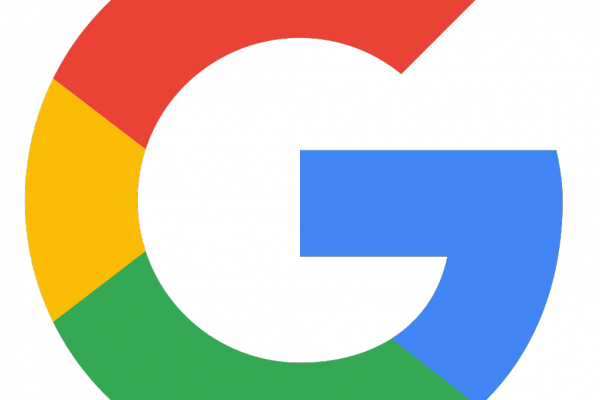
How Google works and what shouldn’t you practice – Guide.
Let’s start with this: what’s Googlebot?
Googlebot is a true VIP. Its task is to index or not to index a given page. Sometimes even a seemingly small error on your website can decide whether Googlebot will ‘like your page’. Such thing can happen when robots.txt returns an error 500. In that case, an existing website will be removed from index and a new one won’t get indexed at all.
So how does Googlebot work?
Search engines are crawling the internet constantly using bots. During this process they’re looking at websites’ content as well as links, that allow them to move around your website and the Internet as a whole. Once the analysis of a page is finished, bots use links that they’ve found and move on to the next page or website accordingly. And the whole process starts all over again.
Because of the sophistication of the system it’s absolutely crucial to optimise your pages, maintain an excellent structure and place the links appropriately, so that bots won’t have any trouble accessing each and every of your valuable pages. It’s also important to avoid a situation when two pages are connected with more than one link. What should you do when you need to use such structure? What should you pay attention to?
Does the hierarchy of links matter? Does FLC (First Link Counts) rule really work?
According to the tests that we’ve recently conducted, FLC rule works if it describes a situation, in which we have two text links as well as two graphic links with an alt attribute. On the other hand, FLC rule doesn’t apply when we combine graphic and text links. In that situation, Googlebot indexes both of them. Lastly, FLC rule won’t work if we apply a rel=”nofollow” attribute to the first link. Bot will omit the blocked link and use the next one available.
Dont’s of websites’ positioning:
Link buying – there’s nothing bad about it, as long as such link doesn’t pass a PageRank. So if you have links that serve as a paid advertisement, they should include a rel=”nofollow” attribute.
Duplicate content – this should be clear for everyone. Text that appears on your website must be unique. If bots will find duplicated content, they’ll mark it as unimportant and useless.
Links from and to banned pages – a big amount of links coming from banned websites or networks that were built for positioning only, can be a serious problem.
Link exchange – seemingly harmless exchange of links can be seen as manipulation and punished be bots.
Overusing the H1 headtitle – it has become a popular trend to use H1 tags in order to improve SEO. They help the bots to understand what certain website is about. However if they’re overused, content won’t look as natural and that method can easily backfire.
Stuffing the content with keywords – similarly to H1 tags, Google gets better and better in analysing content. If your text won’t have a natural flow and if it shows abnormal number of keywords your website is likely to be penalised.
Backlinking – this is Google’s wanted number one. Rotation of dubious links was, and still is, a popular method of SEO but its results are very short lived.
Footer links – According to Google, footer is not a place to put links to other pages. Instead they expect to see shortcuts that simplify the navigation.
404 Errors – this is about a vast amount of links (both internal and external) that lead to non existing pages. Google thinks, that webmasters should make sure that all links are up to date.
Hidden content – Google doesn’t like if something’s hidden. A lot of positioners are hiding clusters of keywords to manipulate search results. Bots are trying to find it and eliminate it.
Site-Wide links – If links to your page appear on each of your subpages, it looks unnatural to Google. Instead of tinkering with “no-follow” attributes, they should be removed altogether.
Slow loading – if your website is very slow to load, potential users will get easily irritated, which is something that Google tries to avoid. There are many factors that dictate how fast your website is. Get it done right and everyone will be happy – Google, you and your users.
To optimise a website effectively, one must know how search engines actually work. SEO is a lengthy process but the return on investment is by far the greatest of all possible Marketing activities. See more about our SEO here>
add your e-mail to our list ! We won’t spam you. Only quality content.
[ninja_form id=9]